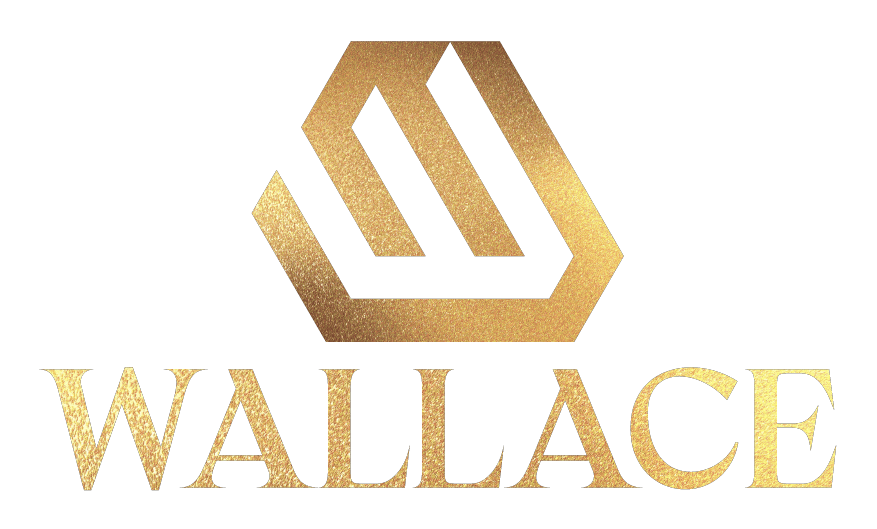Beyond Buzzwords: The Rise of the Cultural Architect
In the modern corporate landscape, we’re surrounded by acronyms and initiatives: DEI (Diversity, Equity, and Inclusion), ESG (Environmental, Social, and Governance), and countless others. While well-intentioned, these programs often remain on the surface, becoming checklists rather than core components of an organization’s identity. They can feel like a performance—or as strategist and author Carlos Wallace puts it, like “selling lies.” But what if there was a way to move beyond the superficial and build something real? Enter the Cultural Architect.
A Cultural Architect is a strategist who works not just on policies, but on the very foundation of an organization’s identity. They argue that a truly impactful and sustainable culture cannot be retrofitted with a few workshops or a new mission statement. It must be excavated from the organization’s core purpose—its “truth”—and then intentionally built into every process, leadership decision, and team interaction.
From “Selling Lies” to Living the Truth
The title of Wallace’s latest book, Why Sell Lies When the Truth Is Free, serves as a powerful indictment of corporate inauthenticity. The “lies” are the values printed on posters that don’t reflect daily reality, the diversity hires made without fostering an inclusive environment, and the purpose statements that are ignored in the pursuit of profit.
A Cultural Architect’s primary function is to help an organization stop selling these lies and start living its truth. This involves:
- Executive Strategy & Vision Mapping: Working directly with leadership to define a clear, authentic, and purpose-driven mission that goes beyond quarterly earnings. It’s about building a legacy.
- Leadership Alignment: Ensuring the entire C-suite is not just compliant, but genuinely committed to embedding this core purpose throughout the organization.
- Principled Conflict Resolution: Using proven negotiation and mediation skills, often honed in high-stakes environments like labor relations, to establish sustainable, ethics-driven agreements that build trust.
This approach transforms culture from a reactive HR function into a proactive, C-suite-level strategic imperative.
The Blueprint for an Authentic Organization
Building an authentic culture requires a master plan. Drawing on his experience as a Navy veteran, union officer, and CEO, Carlos Wallace exemplifies the multifaceted role of a Cultural Architect. The blueprint isn’t just a document; it’s a series of integrated actions.
A Cultural Architect helps an organization:
- Define Its Core Story: They act as a storyteller, helping the organization articulate its purpose in a way that resonates. This involves managing the creative execution of its message, ensuring that the stories told internally and externally are socially conscious and true to its mission.
- Translate Military Precision into Civilian Purpose: For organizations seeking to integrate veterans, a Cultural Architect can build a structured “Transition Blueprint,” helping translate invaluable military skills into a new, purpose-driven civilian career path within the company. This embeds discipline and leadership at all levels.
- Integrate Mission with Action: An authentic culture has a measurable impact. A Cultural Architect helps connect corporate activities with philanthropic goals, merging entertainment and social good, and proving that the organization’s values extend beyond its own walls.
Why It Matters Now More Than Ever
Today’s workforce is more discerning than ever. Employees, customers, and investors can easily spot the difference between a performative initiative and a deeply embedded truth. Organizations that fail to build an authentic culture will suffer from high turnover, low engagement, and a damaged reputation.
The work of a Cultural Architect is about future-proofing an organization by building it on a foundation of truth. It’s a commitment to moving beyond the easy lies and doing the hard work of creating a lasting, impactful, and truly human-centered legacy.

